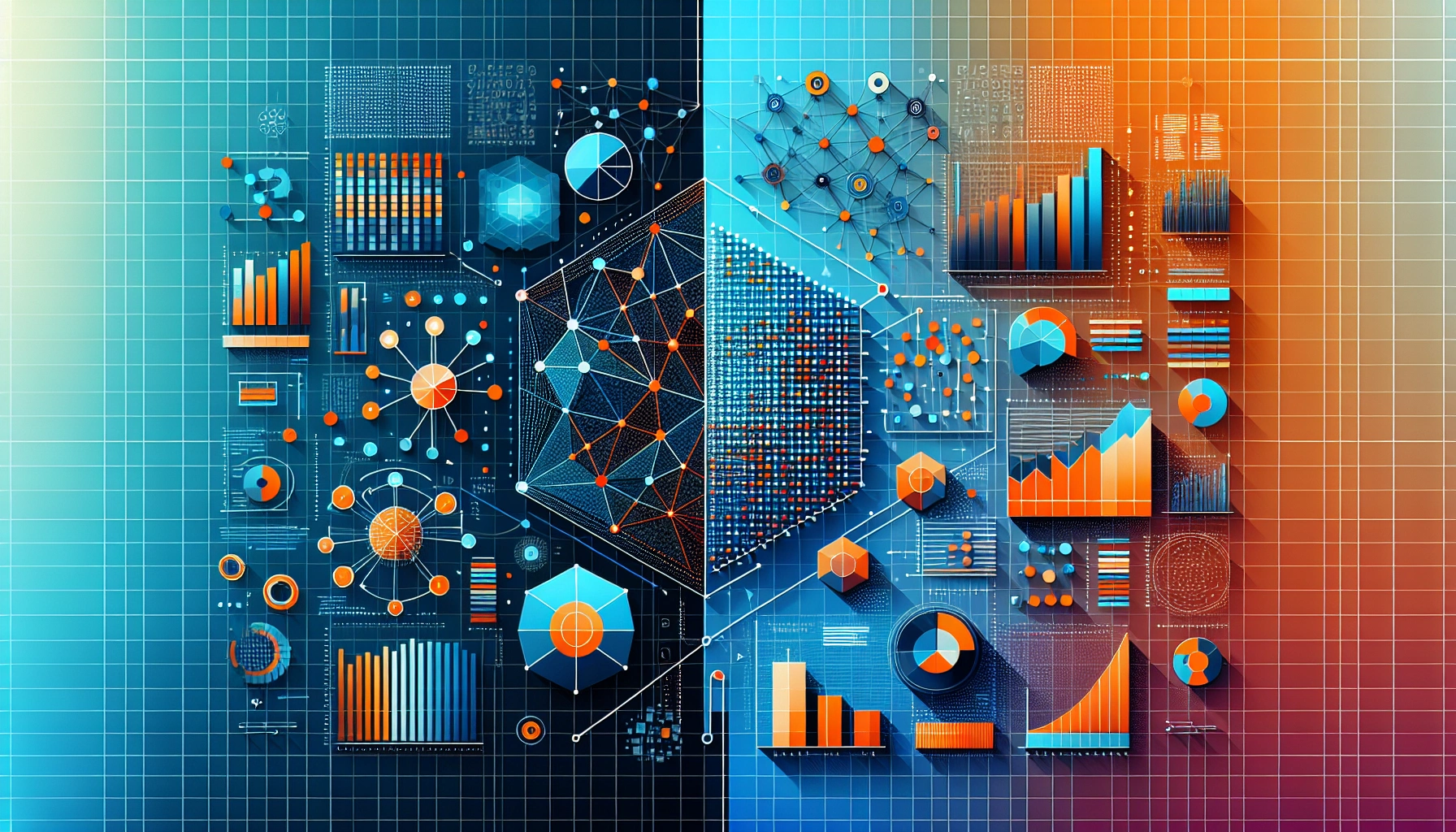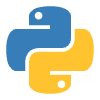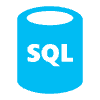Data Scientist Freelancer vs. Data Analyst: Which Role Fits Your Business Need?

Data Scientist Freelancer vs. Data Analyst: Which Role Fits Your Business Need?
Why the Choice Between Data Scientist and Data Analyst Matters
5 Ways to Determine Your Project’s Needs
1. Goals
2. Data Types
3. Budget Range
4. Project Timeline
5. Required Tools
What Is a Data Analyst?
What Is a Data Scientist Freelancer?
Key Differences and Unique Strengths
Factors That Affect Your Hiring Choice
FAQs About Hiring a Data Scientist Freelancer or Data Analyst
Which role is better for automating routine reports?
Is a data analyst enough for unstructured data from social media?
Do freelancers handle sensitive data securely?
Can a data scientist also do data analyst tasks?
Final Thoughts on Picking the Right Data Pro
Data Scientist Freelancer vs. Data Analyst: Which Role Fits Your Business Need?
“Hiring a data scientist to clean spreadsheets is like using a Tesla to deliver pizza. It technically works. But why?”
Why the Choice Between Data Scientist and Data Analyst Matters
5 Ways to Determine Your Project’s Needs
1. Goals
“Asking a data analyst to build a predictive model is like asking your accountant to forecast the stock market 📉—different tools, different mindset.”
2. Data Types
3. Budget Range
“If your budget is under $2,000 and the goal is reporting, you’re probably not hiring a data scientist.”
4. Project Timeline
5. Required Tools
What Is a Data Analyst?
“Hiring a data analyst is like having someone who reads yesterday’s weather to help you plan today’s outfit — quick, practical, and often spot-on 👔🌤️.”
What Is a Data Scientist Freelancer?
“A data scientist isn’t just asking questions—they’re teaching machines to answer them on their own 🤖.”
“If a data analyst builds the map, the data scientist builds the GPS.”
Key Differences and Unique Strengths
“On Contra, I’ve seen analysts specialize in logistics or finance, while data scientists focus on NLP or recommender systems. The clarity in portfolios avoids mismatched hires.”
Factors That Affect Your Hiring Choice
FAQs About Hiring a Data Scientist Freelancer or Data Analyst
Which role is better for automating routine reports?
“If the report runs on a schedule and looks the same every time — it’s probably an analyst job.”
Is a data analyst enough for unstructured data from social media?
Do freelancers handle sensitive data securely?
“Just because we’re remote doesn’t mean we’re casual about your data 🔐.”
Can a data scientist also do data analyst tasks?
Final Thoughts on Picking the Right Data Pro
Posted Apr 9, 2025
Data Scientist Freelancer vs. Data Analyst: Compare skills, costs, and project fit to choose the right expert for your business goals and data needs.











